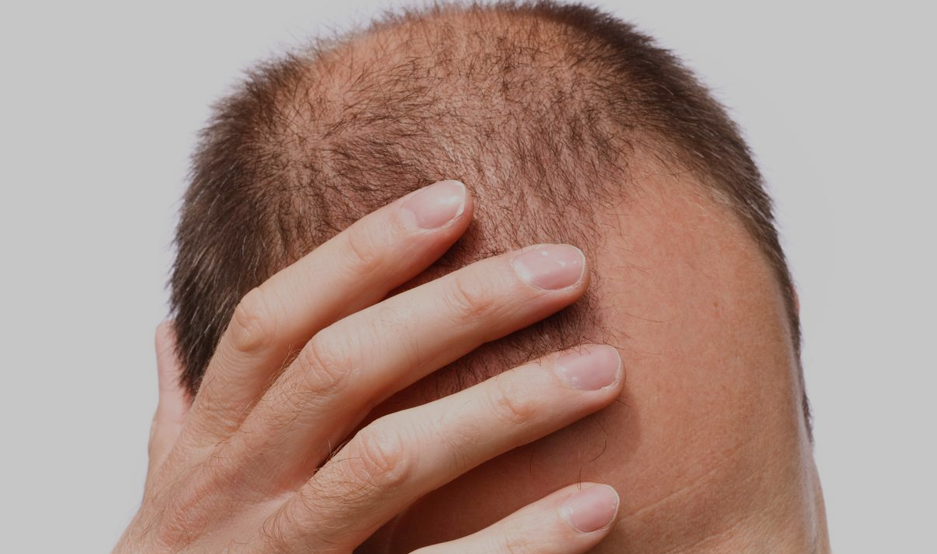By Michael Irving
July 25, 2022
Facebook
Twitter
Flipboard
LinkedIn

New research has identified the role a specific protein
plays in hair loss – and how it could be reversed Photo credit: Depositphotos
VIEW 1 IMAGES
The protein in question is known as TGF-beta, a
signaling protein that regulates the division, growth and death of cells. As
such, it plays major roles in important jobs like wound
healing, and seems to be hijacked
by cancer cells to allow uncontrolled growth. In this case, the team
found that TGF-beta extends its work to the cells inside hair follicles.
“TGF-beta has two opposite roles,” said Qixuan Wang,
co-author of the study. “It helps activate some hair follicle cells to produce
new life, and later, it helps orchestrate apoptosis, the process of cell
death.”
The team found that these two opposing forces were
regulated by the levels of the protein. With just the right amount of TGF-beta,
cell division is activated, stimulating growth of the follicle. But if too much
is present, it tips the cells into apoptosis, leading to loss of hair follicles
and, as a result, baldness.
But importantly, the team says this isn’t necessarily a
one-way street. Follicle stem cells are still lying there dormant, waiting to
be reactivated. Further research into how exactly TGF-beta activates cell
division, and how it communicates with related genes, could one day open new
treatments for baldness, alopecia or other types of hair loss.
“Even when a hair follicle kills itself, it never kills its
stem cell reservoir,” said Wang. “When the surviving stem cells receive the
signal to regenerate, they divide, make new cell and develop into a new
follicle. Potentially our work could offer something to help people suffering
from a variety of problems.”
The research was published in the Biophysical Journal.
Source: UC Riverside